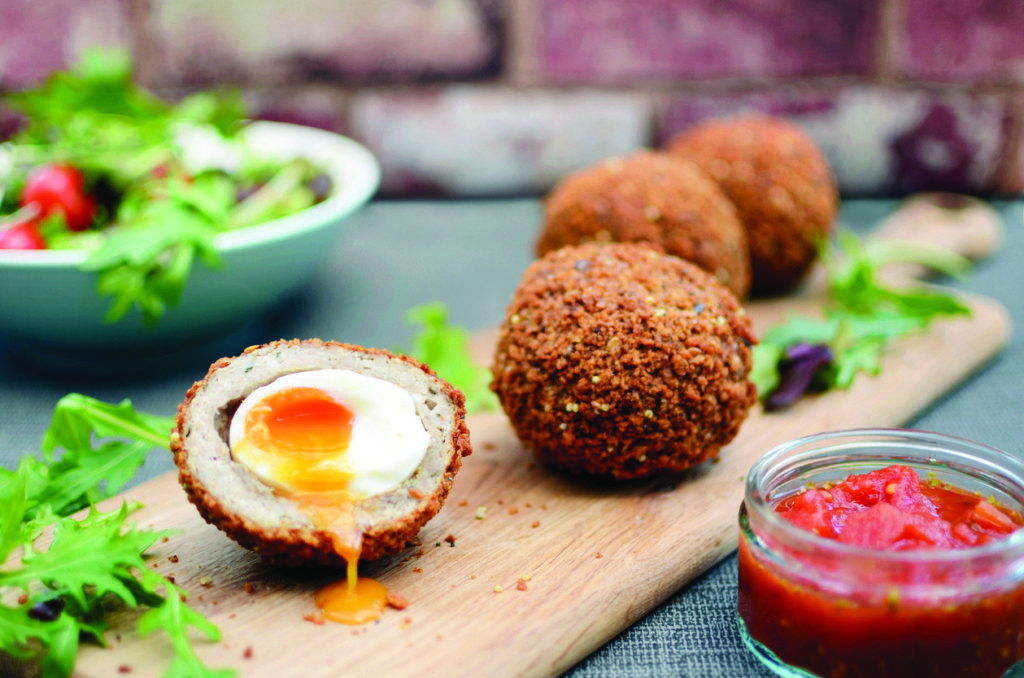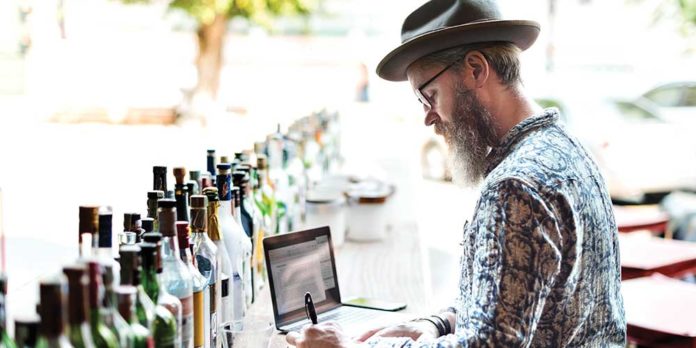Probably since the earliest episodes of Tomorrow’s World, popular media has regularly announced the arrival of robot barstaff.
While the glazed look and mechanical service you sometimes get might make you suspect otherwise, androids have yet to make their mark at pulling pints and, to make a rash prediction, probably never will. Pubs vary a lot, but the core values they share come from human interaction and artificial intelligence just does not hack it.
The future pub is not limited by our imaginations, but by what people need, want and expect, and by the experience they are prepared to pay for. Call it the market, if you want.
According to some, that means the pub as we know it is on the way out. The latest figures from the Campaign for Real Ale show that we are losing 21 pubs a week – a lower attrition rate than before, but then there are fewer pubs left to close.
However, that crude figure hides a complex picture of an industry that is evolving fast to survive and to thrive.
In an attempt to help your business get ahead of the curve, here are the most significant changes that I predict we will be most likely to see in the pub trade in the coming years.
Food
The growth of pub food is now well-established and while there is still a role for wet-led pubs, we can expect the dry side of the trade to continue to develop in terms of availability, quality and variety.
Technology, in the shape of the ‘smart kitchen’, will make it easier for more pubs to offer hot meals with minimal space and skill required, allowing them to take a bite out of the fast food market.
Pubs have already played an important role in the rise of gourmet versions of fast foods and they are now ready to diversify into the countless varieties of street food that are currently fashionable, adding presentation flair to piquant flavours.
We are also seeing operators extend their food serving times. Breakfast, brunch, lunch, afternoon teas, dinner and a late supper will all ensure the pub is there any time the customer is feeling peckish. Increasing numbers will exploit the takeaway opportunity – while taking the opportunity to offer customers a pint while they wait – and some will add delivery services for local offices and those who cannot escape the house.
Traditional pub grub may remain as a niche curiosity, but the pub customer of the future will be looking for imagination and adventure. They are out for the experience rather than the eating. They may also want that experience to be a personal one – the sort of thing they can now get with home entertainment. So, at the top end of the market at least, pubs might have to offer bespoke, individual, off-menu dishes – assuming they have a menu at all.

Drink
Drinking looks likely to become less about alcohol and more about flavour. A pint of the ‘usual’ is giving way to the desire to explore the new, the exotic and the outlandish. Craft beer has made the breakthrough and while some still crave a plain brown brew, the genie is out of the bottle and people will continue to want their trip to the pub to be a voyage of discovery.
There will be scope for many more specialist beer bars, offering local brews, hard-to-find imports or both, alongside simple beer-friendly snacks. If the pub has its own brewery, customers could even make their own. That trend is now being replicated in spirits, especially gin, and the beauty for the pub is that it provides an environment where customers can taste and talk about an exciting variety of drinks, backed by a professional expertise they cannot get at home.
Bars will also have to increasingly cater for those who do not want to drink alcohol at all, and we may finally see a wide range of interesting soft drinks on the back-bar.
Low and alcohol-free beers are also making a comeback, and as quality and choice improve, they are likely to take a firm hold. Heck, we even have alcohol-free spirits now!
Cannabis
While Donald Trump was winning the US presidential election, two more US states legalised cannabis – and what happens over there happens over here, sooner or later. Probably not before Theresa May is out the way, though.
How will government regulate the supply? Licensed premises already have the basic rules in place, so why shouldn’t pubs become cannabis cafés, too?
Community
If pubs cannot survive by booze alone, they will diversify by offering all kinds of services to locals, from meeting spaces to health centres, from libraries to post offices and shops. Pub games are due for a renaissance, too.
Village pubs that are not converted into supermarkets and homes will evolve into vibrant hubs of their community.
Service
Pub operator Marston’s recently surveyed a group of millennials, to try to find out what they want from a pub and what makes them stay away. One of the findings was that they are bored by slow service.
Never fear – there is an app for that. You can already order and pay for a round from the comfort of your seat using a tablet or smartphone; self-service, with beer taps rigged up to the till system, has been around for many years, too.
Some predict that the bar counter will disappear altogether. But will such venues then have what makes a pub a pub?
As for robot barstaff, nearly half of the UK’s hospitality workers are from abroad, so if Brexit curbs immigration, robots might be the only option.
The pub landscape
Probably the most difficult thing to predict is what the pub industry will look like structurally in terms of ownership and operation in 10 or 20 years.
The giant tenanted pubcos that have dominated the scene since the 1990s are breaking up and we are seeing moves in two opposite directions – towards more tightly-controlled managed houses and towards more independent pubs.
Multiple operators continue to proliferate, innovate and grow, giving plenty of scope for suppliers to build a relationship with a small to medium-sized group of pubs. But there is the urge to consolidate, too, and the likelihood in the longer term is that we will get a clustering of larger chains with bigger buying power.
Meanwhile, there is an argument that pubs are closing not because there are too many, but because they are in the wrong places. So we are seeing more new-builds on the edges of urban areas, as back-street boozers dwindle.
These new pubs are big – we haven’t lost as much trading space as the closure numbers would suggest. Yet, in another polarising twist, there seems to be no stopping the micropub, specialising in cask beer and, importantly, a return to the old-fashioned idea that pubs are places where you meet for a chat over a pint.
Small brewers as well as consumers are turning enthusiastically to this revival of the 19th century beer house, and are finding that there is a market. It could, after all, be a case of back to the future.
—————————————

Robbie Smith has been writing about the pub industry since 1984.








